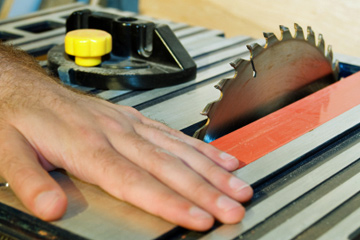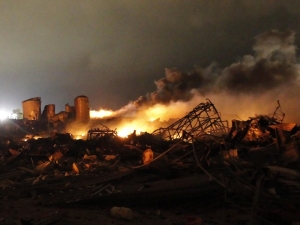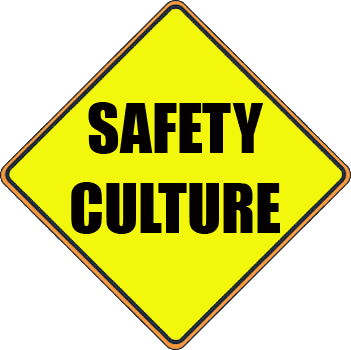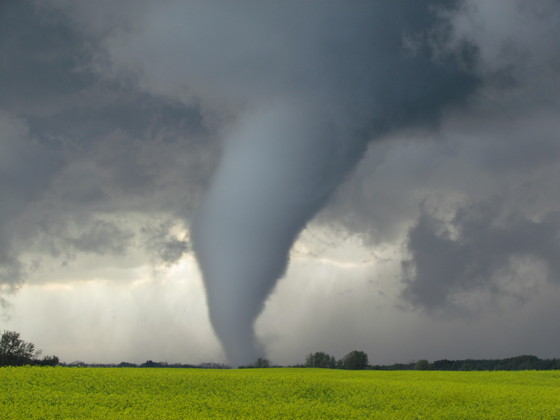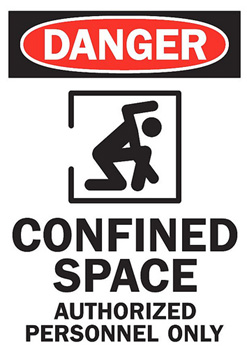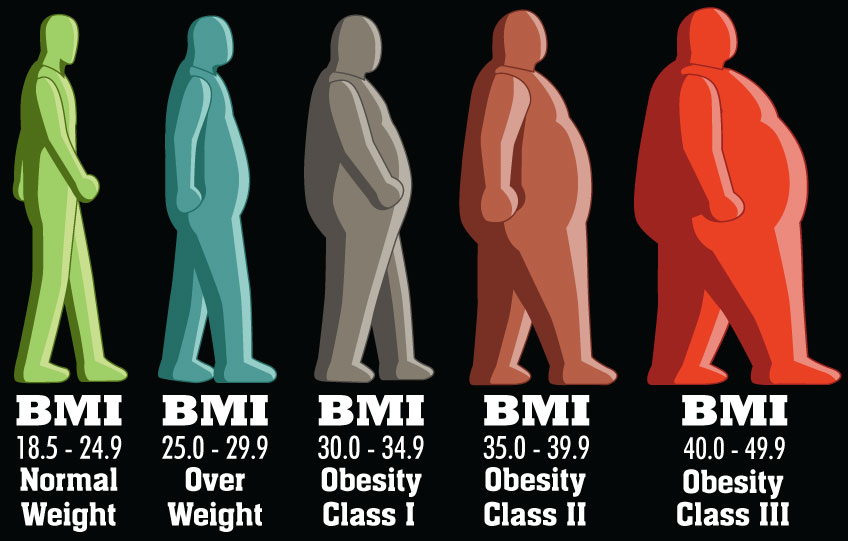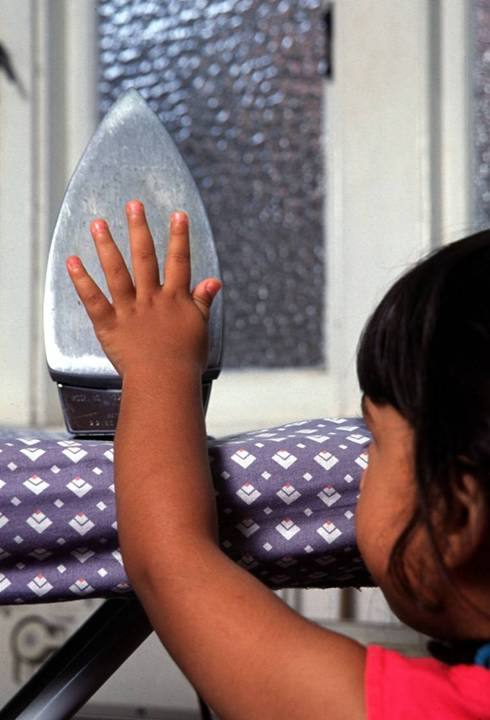 Healthcare is the fastest-growing sector of the U.S. economy, employing over 18 million workers. Women represent nearly 80% of the healthcare work force. Health care workers face a wide range of hazards on the job, including needlestick injuries, back injuries, latex allergy, violence, and stress. Although it is possible to prevent or reduce healthcare worker exposure to these hazards, healthcare workers continue to experience injuries and illnesses in the workplace. Cases of nonfatal occupational injury and illness among to healthcare workers are among the highest of any industry sector. By contrast, two of the most hazardous industries, agriculture and construction, are safer today than they were a decade ago.
Healthcare is the fastest-growing sector of the U.S. economy, employing over 18 million workers. Women represent nearly 80% of the healthcare work force. Health care workers face a wide range of hazards on the job, including needlestick injuries, back injuries, latex allergy, violence, and stress. Although it is possible to prevent or reduce healthcare worker exposure to these hazards, healthcare workers continue to experience injuries and illnesses in the workplace. Cases of nonfatal occupational injury and illness among to healthcare workers are among the highest of any industry sector. By contrast, two of the most hazardous industries, agriculture and construction, are safer today than they were a decade ago.
via CDC – Health Care Workers – NIOSH Workplace Safety and Health Topic.

